The Michael D. Harris Collection at the David C. Driskell Center

In a 1995 interview with the publication Africa’s Children, Michael D. Harris was interviewed about his beliefs and principles in teaching art history. In this article Harris discussed the importance of multicultural and multi-ethnic representation asking:
“How do we imagine ourselves? How do we image ourselves… that is the significance of art history. The significance of understanding the power of image. Images were used to suppress and oppress us. Images were used to radicalize the population of this country against us. We have to realize that images have power. ”
Using art to reexamine history and specifically reexamine the representation of of African American and African history is at the heart of Michael D. Harris’ work as an artist, educator, art historian, and scholar. His archives at the David C. Driskell Center create a context for his research and give us a perspective on how he saw the world and moved through it. This archival collection illustrates Michael D. Harris’ lifelong journey to imaging his own life and roots through his work.
It is difficult to create a short summary of the life and work of Michael D. Harris. He was an artist, writer, curator, poet, and scholar. In his work as a scholar he was also an activist, promoting the reexamination of the depictions of Black individuals, communities, and cultures as they are represented in art and daily life. Michael D. Harris’ accomplishments included earning six degrees in subjects ranging from Studio Art, Art History, and Philosophy to African American and African Studies. He worked at institutions such as the High Museum, the Harvey Gantt African American Cultural Center, Emory University, UNC Chapel Hill, and many more. His artwork has been displayed in the United States, Europe, and the Caribbean.
The Michael D. Harris Collection at the David C. Driskell Center at the University of Maryland, College Park, tells the tale of his work through the documents, correspondence, photographs, notebooks, newspaper clippings, research materials and so many 35mm projector slides collected throughout his life.
This exhibit highlights only a few of the items in this extensive collection and we encourage all virtual visitors and researchers to make an appointment to explore the collection in person!
EXHIBIT SPACES:

ARTIST
“I don’t start by drawing out my ideas. I do the doodling in my head, and the work tells me where I’m going to go.”
-Michael D. Harris in an interview with the Winston-Salem Journal (Feb. 7, 1999)
EARLY ART
In 1971 Michael D. Harris earned his first of many degrees, this one a Bachelor of Science in Education with a major in art. This period of Harris’ work is represented in this collection by an assortment of 35mm and other Kodak Color slides.
AfriCOBRA
African Commune Of Bad Relevant Artists
Upon earning his bachelor’s degree at Bowling Green University, Michael D. Harris moved to Washington, D.C., where he enrolled as a student at Howard University. He joined AfriCOBRA in 1979 and remained a member of the group for the duration of his life. Harris’ early artworks reflect principles of the AfriCOBRA style, including the Cool Ade color palette, the implementation of Horror Vacui, and the use of Free Symmetry prescribed in AfriCOBRA’s principles and philosophies.
The Michael D. Harris Collection has a vast collection of AfriCOBRA materials, including correspondence between AfriCOBRA members, AfriCOBRA administrative documents, and brochures and pamphlets from AfriCOBRA events and exhibitions.
ILE-IFE
In 1991 Harris took a trip to Ile-Ife in Nigeria. While the primary purpose of this trip was to research contemporary African art for his doctoral dissertation, his own artwork was also greatly influenced by this trip. A few years after this visit, his art begins to move into vibrant but jewel-toned palettes inspired by the artwork in shrines that he saw while in Ile-Ife rather than the Cool Ade colors previously found in his work. It is at this point he begins to experiment with the interplay between language and art. In a later interview, he says,
“I was looking at language functioning as symbols, and one easy way of doing that is to take words or characters that are unfamiliar to us in the English-Speaking United States.”
(Harris, Art View, Wed. Feb. 3, 1999)
While Harris’ art style and artwork were forever changed by his visit to Ile-Ife, this trip was also influential in his career as an art historian. The Michael D. Harris Collection contains his research notes and photographs taken in Ile-Ife along with a copy of his doctoral dissertation.
PHOTOGRAPHER
Michael D. Harris was also a prolific photographer throughout his career. He utilized photography to catch images of his travels, to document research, and to capture one of his greatest loves: music. As Harris’ career as an artist progressed he began to lean more heavily into the use of photography in his artwork. The use of photography is especially notable in the three-dimensional “altars” that he began to create after his trip to Ile-Ife. However, starting in the mid to late 2000s he began to experiment more with photography as a stand-alone art form maintaining the rich use of color and pattern prevalent throughout his paintings and altars through digital editing.
POET
In addition to his talent as an artist with paint, photography, and three-dimensional works, Michael D. Harris was also an artist with his words. Several volumes and folders filled with poetry written by Harris were found among his archival collection.
Like much poetry, Harris’ work talks about love, loss, and joy. However, he also wrote poetry about many of the subjects he addressed through his artwork and scholarly research; subjects such as representation and interpretation of people and their lives–one poem commemorates the life and work of Dr. Martin Luther King Jr.–he reflected upon the joys of fatherhood, and explored his feelings about religion and spirituality. In his Manuscript for Pome: Young Thoughts, he also paired his poetry with his photographic work. Blurring the lines of his many interests once more; this time as a poet-artist.
ART HISTORIAN
“After we recommended desegregating the curriculum and moving toward a more multicultural approach, we were attacked by conservative critics… That experience made me realize that my knowledge of art history had to be tighter than a rubber band around a fat man.”
-Michael D. Harris in an interview with the Winston-Salem Journal (Feb. 7, 1999)
REPRESENTATIONS
“Michael Harris doesn’t normally consent to exhibit his work in shows that open under the broad umbrella of ‘Black Art.’ In general that sort of category is too vast to be useful… ‘Imagine a show called ‘White American Male Artists, 1945 to the present. It’s too broad. You’d have no rhyme or reason. I think we’re at a similar point with Afro-American art. We can get into a lot of smaller more cohesive organizing principles within the larger group of black artists.’”
Dave Hart. “Swift Currents” The Chapel Hill News, Friday January 9, 1998, p. B3.
Much of Harris’ work as an Art Historian and Scholar hones in on the representation of the life and culture of Black individuals as represented in art. This idea of representation throughout art history was most thoroughly explored in his book Colored Pictures. In this work, Harris analyzed the harmful stereotypes that persist in the representations of Black history, culture, and life throughout pop culture. In artist’s statements and in interviews about his work, he often referenced a desire to influence the future of representation through his own work and through allowing new perspectives and voices to influence how race is represented in art. This emphasis on positive representation also integrates one of the tenets of AfriCOBRA’s aesthetic: Positive Image. The AfriCOBRA principle of Positive Image values images that are,
“…dedicated to the enlightened dignity of black people by accentuating the positive; and art that reflects and relates to African people, with which African people can identify.” (Jarrell, 2020. p. xvii)
TEACHER
As well as being an accomplished artist, Michael D. Harris was also a dedicated educator. From the time he graduated with his first degree from Bowling Green State University in 1971, Harris worked as an educator in various capacities. He taught at several Universities including Emory University, the University of North Carolina at Chapel Hill, Georgia State University, Morehouse College, Wellesley College, and Atlanta Jr. College. Apart from his classroom work, Harris was also active in promoting the inclusion of African America and African artists and art history in school curriculums and University program offerings.
The David C. Driskell Center Archives is grateful to be chosen as the stewards and caretakers of this collection from such an influential artist and scholar. All of the items pictured in this online exhibit can be found in the Michael D. Harris Collection at the David C. Driskell Center. It is our hope that this collection will continue to be used by researchers to further the study and understanding of art created by African Americans and the African diaspora.
Images Credit:
The Michael D. Harris Collection. Gift of the Estate of Michael D. Harris. Images courtesy of the David C. Driskell Center.
Citation for “Positive Image” quote:
JARRELL, WADSWORTH A. AfriCOBRA: Experimental art toward a school of thought. Duke University Press, 2020.
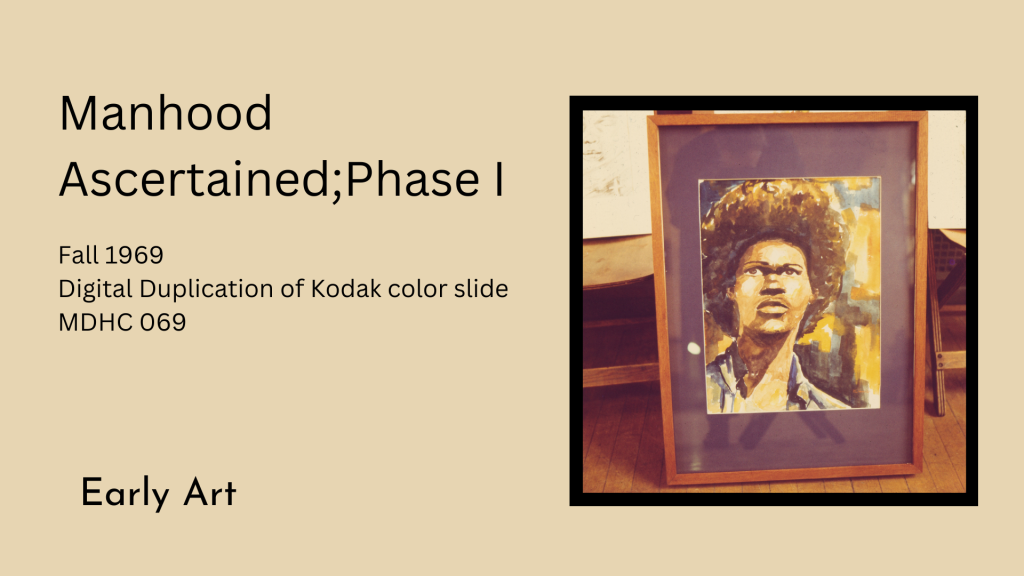

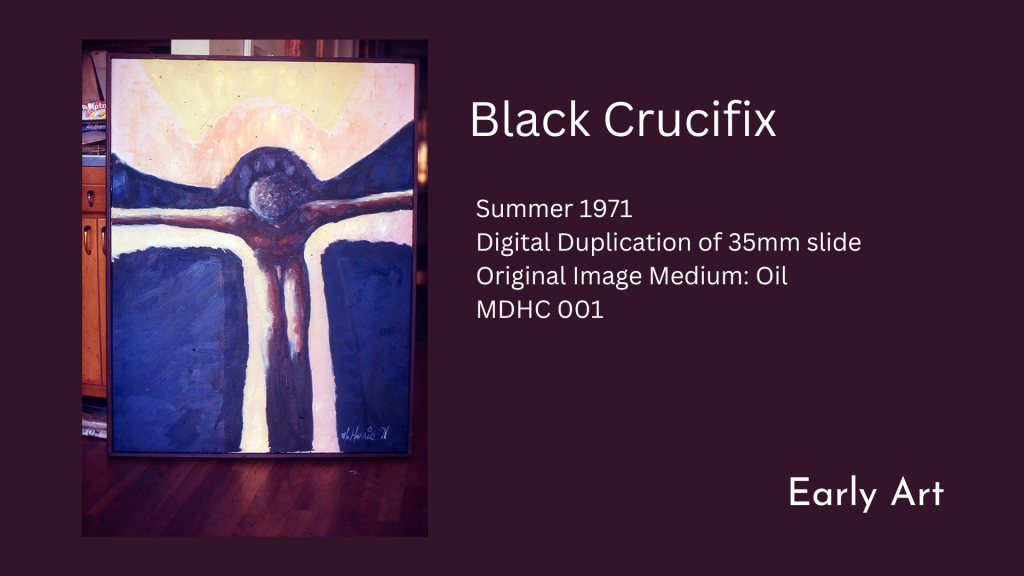
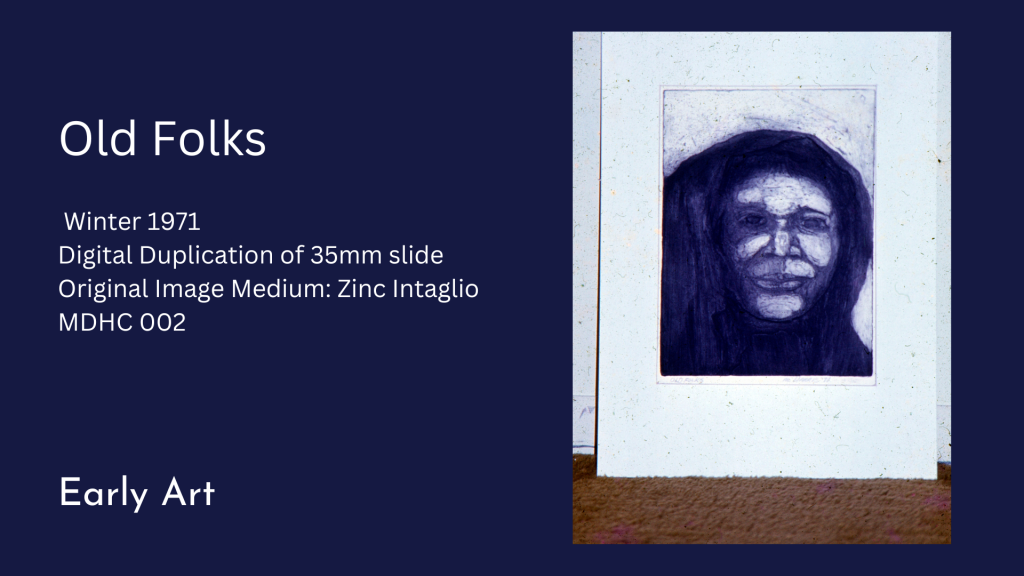


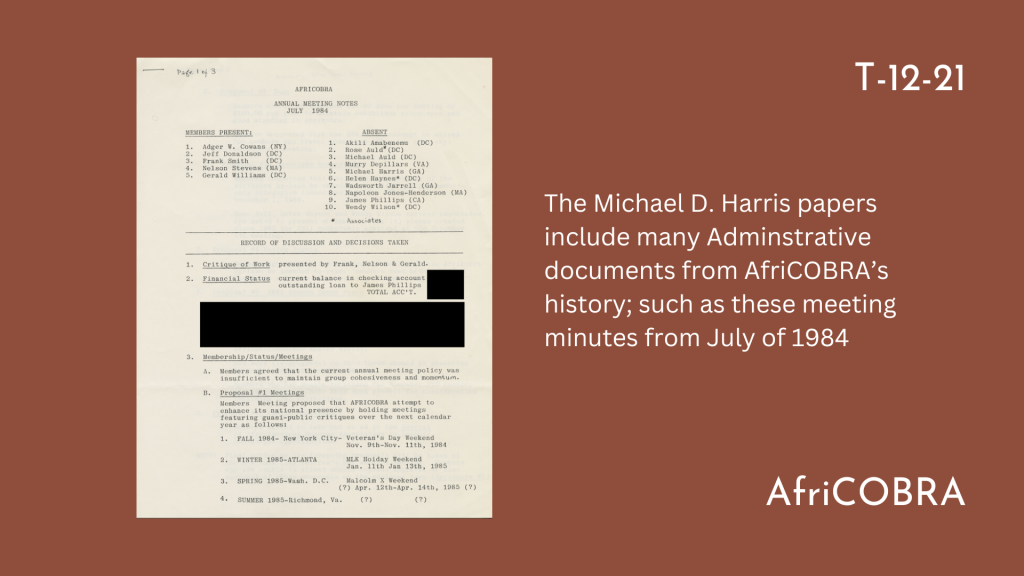





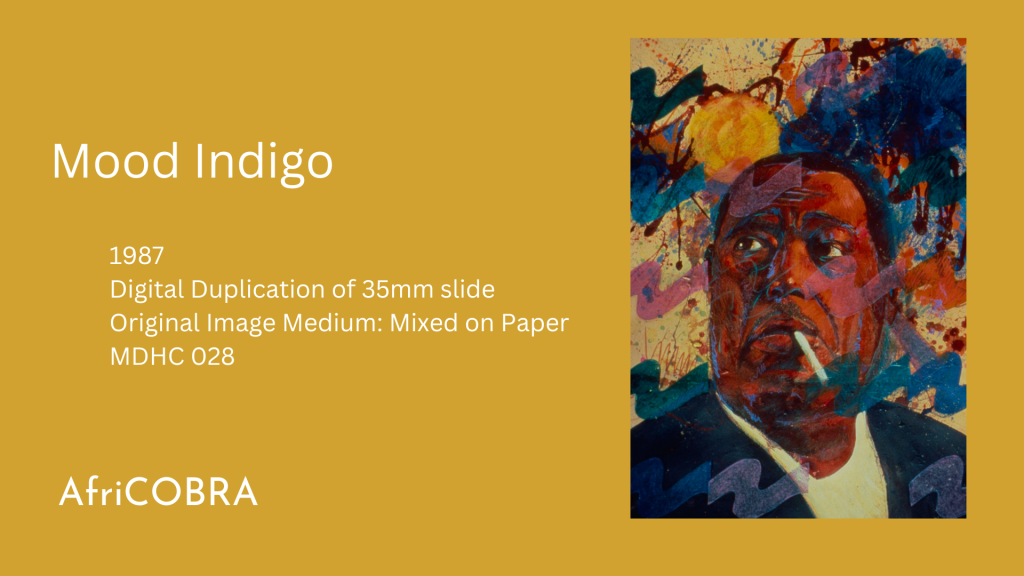








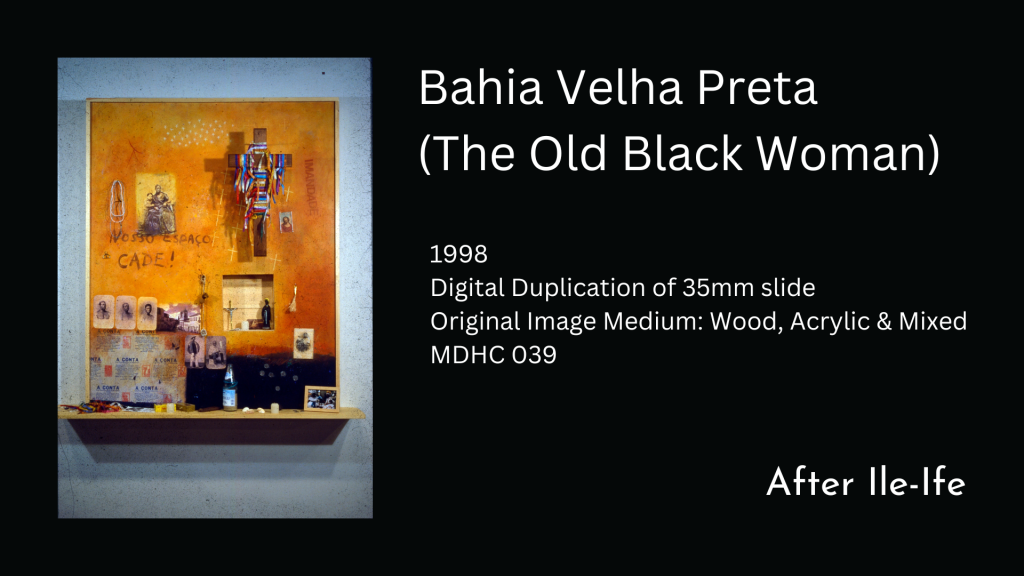

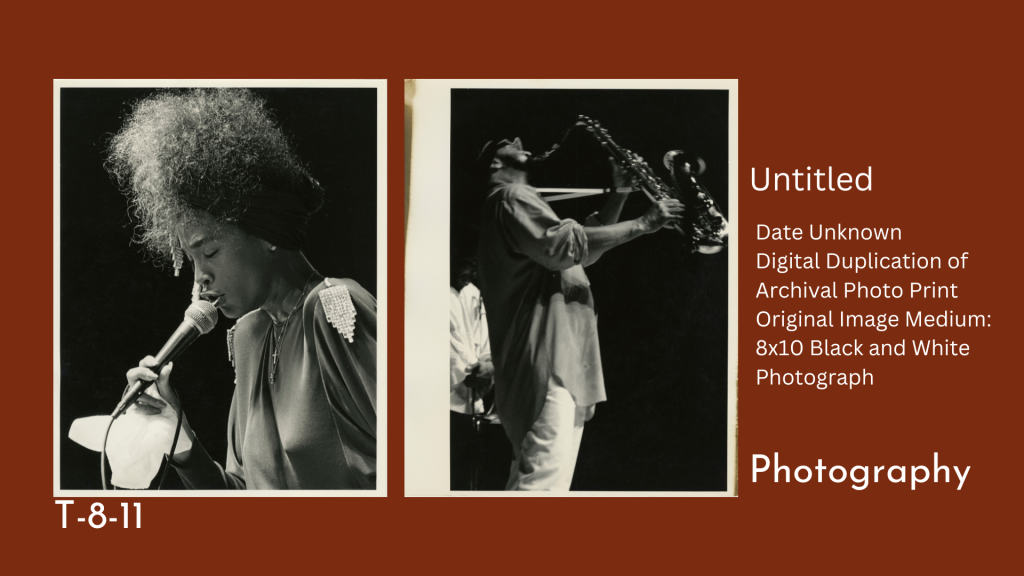

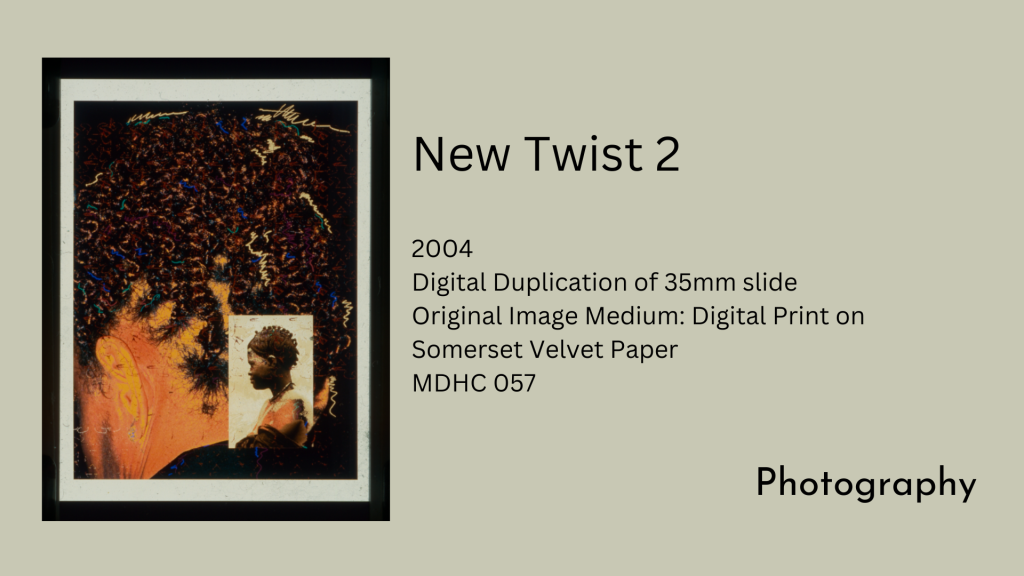





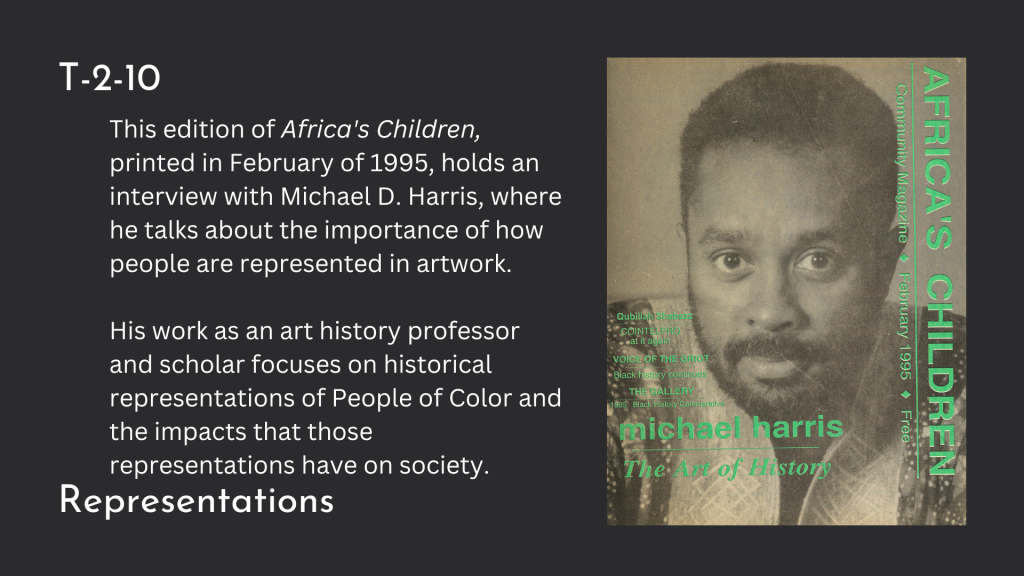




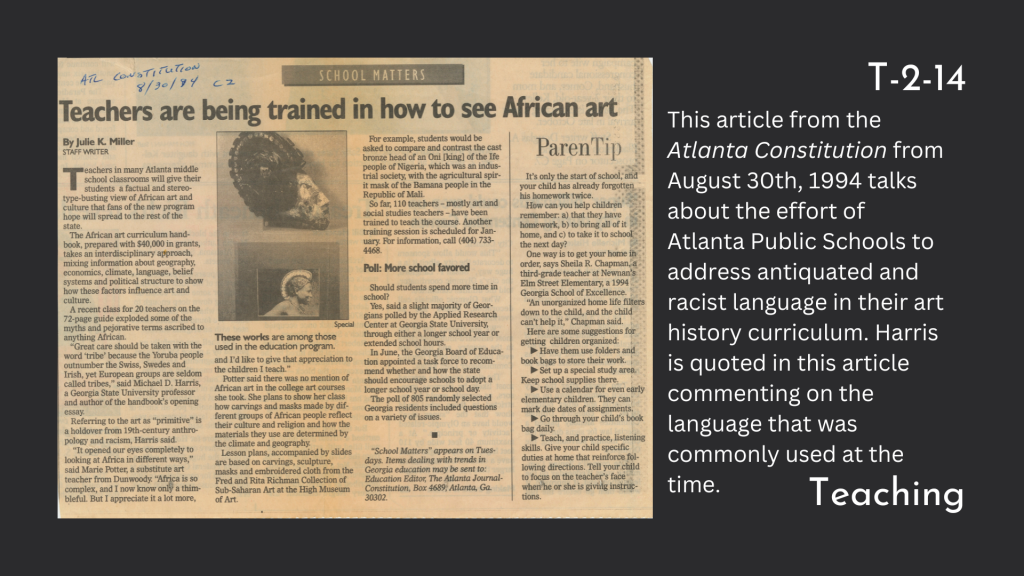


Leave a comment